Review: Asus ROG Phone
Dec 14, 2018, 3:45 PM by Eric M. Zeman
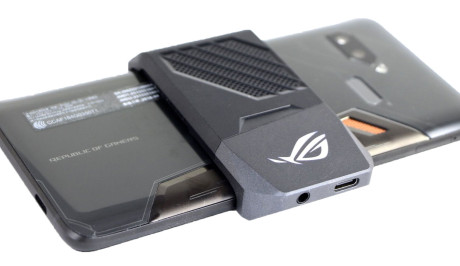
Asus has for the most part contented itself with sticking to entry-level and mid-range smartphones. The ROG Phone is a dramatic leap for the company. This dedicated gaming device has one of the best spec sheets in the industry — and killer hardware to boot. If you're the type to strap in for hours of gameplay, the Asus ROG Phone may be the weapon you need to blast your way to the finish line. Here is Phone Scoop's in-depth report.
Hardware
Is It Your Type?
The Asus ROG (Republic of Gamers) Phone is, as the name suggests, meant for gamers. With a gaming-optimized screen, top-end processor, and heat-management system to keep the processor at top speed, the ROG Phone is your path to the top of the leaderboard.
Body
Gaming hardware often has a heavily-styled, sci-fi look to it. Consider the PC rigs from Alienware or Razer and you know what I'm talking about. Hard angles, colorful lights, and odd contours abound. Asus' phone designers decided to partner up with the company's own Republic of Gamers (ROG) sub-brand in order to appeal to the hardcore gaming crowd with the design of its latest device, the ROG Phone.
The ROG Phone is defined by its modern lines, textures, angles, and shades, which shoot all over the place. It's a busy design. I like the color selection, which includes black, gray, and copper. It looks like a prop from Battlestar Galactica. The ROG Phone is the most interesting phone to ever come from Asus.
Asus opted for a metal frame and painted it glossy black. Curved glass meets the shiny, chamfered edge of the frame. An unspecified version of Gorilla Glass forms the rear panel, which has a nice curve to it. A huge section of the glass has been carved out to accommodate the phone's cooling system, which we'll describe in detail later.
The ROG Phone is a big, big phone. Thanks to the 6-inch screen, it has a tall (6.25 in.) and wide (3 in.) footprint. It's fairly thick, too; thicker than today's delicate, glass slabs. This phone is not for those with dainty hands. At more than 7 ounces, I would label the ROG Phone "heavy." The phone will fit into larger pockets easily enough thanks to the smooth surfaces, and yet it will always be obvious to you as you move around.
Most every high-end phone today has a glass front, glass back, and metal frame. Asus might have done better with a polycarbonate rear panel, as this phone needs to be semi-rugged for the abuse it will surely take. Still, nothing about the phone comes off as cheap, and it all appears to be assembled tightly. Asus claims the phone features "battle-hardened construction" and is water-resistant, (but to what degree remains unknown at the moment.)
The front face is Gorilla Glass 6, which has twice the drop resistance when compared to Gorilla Glass 5. There are two, narrow trapezoidal cutouts at the top and bottom to accommodate stereo speakers. The speakers are covered by copper-colored grilles, which I totally dig.
The two main buttons — screen lock and volume toggle — are on the right edge of the phone. Both buttons have sharp profiles and are easy to find and use, though I wish one of them were textured or ridged. Travel and feedback is quite good.
The left side houses a semi-proprietary port that connects the ROG Phone to Asus' accessories. Basically, this connector is formed by two side-by-side USB-C ports. It is protected by a rubber plug. Without any sort of tether, I'd bet this rubber stopper will get lost easily. It's not stated, but I assume you need the plug for the phone to attain its water resistant status. Moreover, I once accidentally pushed the plug in too far, and needed a knife to dig it out. Ugh.
Side Port
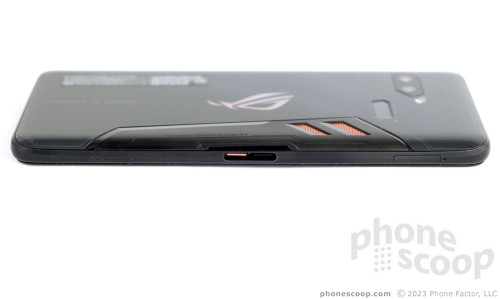
Having a side-mounted USB-C port is important when gaming. It allows you to plug the device in to a power source and use the phone comfortably when playing in landscape orientation.
You'll find the headphone jack and another USB-C port on the bottom. The SIM tray is way up on the left edge. The phone can handle two SIM cards, but not a memory card.
There's a lot going on with the rear panel; it's a busy, busy place. Much of the rear is covered in glass with gray coloring and circuit-like accents running here and there. About 20% of the surface is dedicated to the phone's cooling system. It's an angular piece of plastic that's fitted into a matching cut in the glass. Two copper-colored grills stand out visually. These allow air to circulate through the chassis to help keep the processor cooler.
Vents
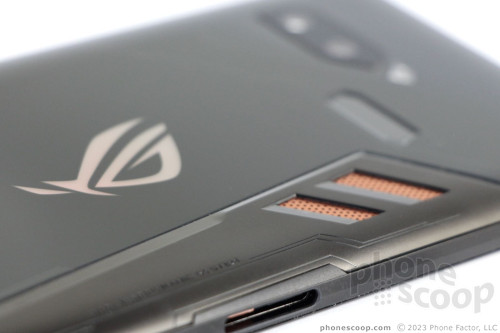
In most phones, a heavy gaming session will push the processor to its limit, at which point a protection system throttles back the processor to keep it from overheating. That slowdown can ruin a serious gaming session. That's why any good gaming phone will have extra cooling features, to keep the processor from reaching the point where it needs to slow itself down.
For those really serious gaming sessions, the ROG Phone ships with a fan accessory that hooks into the accessory port on the side and stretches across the rear panel. The fan runs air over the copper grates for additional ventilation and cooling. This accessory includes its own 3.5mm headphone jack and USB-C port.
I think Asus drew upon Tron for some design inspiration. The angular fingerprint reader, shaped as a parallelogram, is not centered. It's too far to one side for my tastes. Moreover, the sensor is recessed deeply and this makes it harder to touch effectively.
Camera
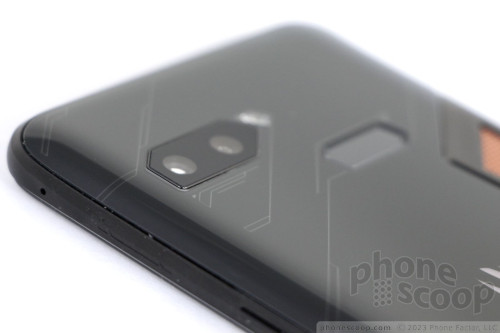
The "Aura" is the main feature of the rear panel. Taken from Asus' other gaming devices, the ROG Phone features a pulsing LED on the back that changes colors. It's meant to let people personalize their phone a bit. It doubles as a notification and alert light. The Aura can be fully controlled by software. It's fun, but can also distracting. It will light up your bedroom at night if you leave it on.
The Asus ROG Phone feels straight out of a really fun future. I want to ride on the spaceship it fell out of.
Screen
The display, more so than the Aura, should be one of the major draws for gamers to this phone. The 6-inch AMOLED screen has a 2:1 aspect ratio with full HD+ resolution. It boasts a 10,000:1 contrast ratio for incredibly deep blacks and a 90 Hz refresh rate so games look their best. (By way of comparison, the LCD display of Razer's gaming phone has a 120 Hz refresh rate.) The ROG Phone's display includes a discrete image processing chip to support HDR playback.
The screen looks really, really good. It's bright, has a huge range of colors and contrast, and is easily sharp enough for modern content. I played some Fortnite and watched lots of HD video. My eyes enjoyed all of it. The content I sampled appeared rich and smooth. Viewing angles are excellent.
Display controls are extensive. You can manage the brightness, the color, icon size, grid density, screen saver, refresh rate, blue filter (night) mode, and much more.
Signal
The ROG Phone supports a fair number of LTE bands, but it's best suited for AT&T in the U.S. Verizon LTE (bands 4/13) is aboard, but the ROG Phone failed to accept a Verizon SIM card. There's no Band 66/71 for T-Mobile, so you'll only get basic LTE service there.
The phone accepted my AT&T SIM card no problem and remained attached to the network as I drove around. Calls connected on the first dial and remained connected in a moving car no trouble.
Asus went all out with the LTE. The phone supports Cat 18 LTE, which can theoretically deliver speeds up to 1.2 Gbps on the download. The closest I got to that was about 100 Mbps. Whatever the speed test results, the ROG Phone felt fast as I browsed the web, perused Twitter, and scrolled through Instagram. The phone definitely handles regular use just fine.
Sound
In order to deliver high-quality sound during games, the ROG features 24-bit high-resolution audio at 192 KHz. It supports DTS Headphone and 7.1 virtual surround sound via the headphone jack, in addition to Bluetooth aptX HD.
Whether you're relying on the built-in stereo speakers, the headphone jack, or Bluetooth, the ROG Phone delivers the goods. Games sound great, movies sound excellent, and music is pleasingly full. The ROG rivals LG's high-end audio performance. I was impressed with audio playback all around.
If you plan to make voice calls, you'll by happy to learn the ROG is a fine voice device. Calls made via the earpiece are mostly clear and are definitely loud. I didn't have any trouble hearing calls in loud spaces, such as coffee shops. The earpiece delivers cutting sound. Those I spoke to through the ROG said I sounded loud and clear.
The speakerphone is incredibly loud. You'll be able to hear calls just about anywhere, and they sound decent enough.
Ringers and alerts go off like bombs destroying your enemies in far-off war zones.
Battery
The ROG Phone's battery life is a tale of two devices, a Dr. Jekyll and Mr. Hyde story if you will.
When used normally as a modern phone — with no gaming — you can expect to see 1.5 days of battery life. The 4,000mAh battery crushes its way through a full day and rolls right into the next without taking a break. You can spend hours wasting time on YouTube and Twitter and still not have to worry about the battery running dry.
When used as a gaming device with today's top games, you've got just a bit over 7 hours at most. The phone chewed through 20% of the battery in about 25 minutes when I was playing Fortnite over WiFi.
If, during some heated and intense play, you get down to your last health points (aka, let the battery run out), you're not in total danger. Using the included charger, the ROG Phone can go from 0% to 60% in just 30 minutes. Asus calls this HyperCharge.
There is a ton of software to help you balance power needs and battery life. The most important is called PowerMaster. It lets you scan the battery for high-usage apps that might be running in the background, switch between battery modes, teach you about battery-saving options, and more.
No wireless charging here.
Bluetooth, GPS, NFC, WiFi
The ROG Phone has all the radios: Bluetooth 5.0, GPS, NFC, WiFi, and even WiGig.
I tested the ROG Phone with my best Bluetooth accessories and came away impressed. Videos and games with good source sound managed to sound rich and enveloping via noise-cancelling headphones. Music streamed to a high-end Bluetooth speaker sounded excellent. Most importantly, I didn't notice any lag between the phone and my Bluetooth headphones when playing games. (Seriously, this could be a matter of life or death on the grid.) Calls I made through Bluetooth headsets were solid, as were calls routed through the phone's speaker and my car's hands-free system. In all: good stuff.
GPS navigation works very well.
The NFC radio was very helpful in pairing select Bluetooth accessories. It supports Google Pay, as well.
The regular WiFi radio rips. I was not able to test the 60 GHz WiGig radio.
There's an FM radio as well; as with most phones, it requires wired headphones to work.
Software
Lock Screen
For all the ridiculous software on this phone, the lock screen experience is pretty simple. Asus calls it the "Always-On Panel." You can choose from three different clock styles. Simple notification badges collect under the clock widget.
As for security, the ROG Phone includes the stock Android functionality buried under Asus' UI skin. The process of recording fingerprints is quite easy, and you can use your print to unlock the phone or to answer calls (thus preventing others from answering your calls.) You can also elect to lock individual apps and files with your fingerprint.
A simple face detection tool is aboard, but it's not secure like Apple's Face ID; a picture of you might fool it. I like that you can choose to use your face to just unlock notifications on the lock screen.
Face Recognition
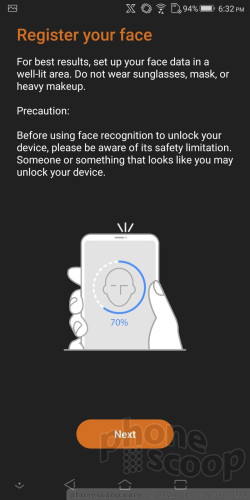
Home Screens
The ROG Phone runs Android 8 Oreo. The user interface may look extra spiffy thanks to Asus' thick coat of paint, but the mechanics and actual usability should be familiar to most seasoned Android users.
The Google Feed serves as the left-most screen, which I'm happy to see. I like that you can adjust the number of columns and rows of apps that appear on the home screens; whether the icons are aligned with the top or bottom of the screen; as well as tweak the scroll effect, the fonts, icon colors, and even themes.
You can hide apps in the app drawer, as well as load them into folders or arrange them alphabetically or in custom order.
I'll just quickly mention here that the overclocked Snapdragon 845, with 8 GB of RAM, delivers all the performance you could ever ask for in a phone for everyday tasks. Most of the phone's performance is meant for gaming, which I'll cover more in-depth in the gaming section.
Camera
A quick launch feature opens the camera when you double press the volume down button. The camera opens instantly.
The ROG's camera app is on par with those from Samsung and LG. Tweaking any of the basics is a cinch. Both the flash and the HDR functions can be set to on, off, or auto, and there are a handful of timer options. The full settings menu allows you to adjust features like location tagging, timestamps, watermarks, on-screen grids, and the like.
There's a simple selector switch, next to the shutter button, that lets you hop between a standard field of view and a wide-angle field of view.
Thanks in part to the Snapdragon 845, the ROG Phone can handle "AI" functions, such as automatic scene detection. It can recognize 16 different objects/scenes and then adjust the parameters for the best possible results. It does this really quickly.
If you swipe the viewfinder down, you'll get a grid of nine filters. If you swipe up, you can access the various shooting modes. The default is auto, but you'll also find pro (manual), beauty, panorama, time lapse, GIF creator, slow motion, Google Lens, and "super resolution".
The pro mode is pretty powerful. You can adjust white balance, exposure, ISO, shutter speed, and the autofocus. The shutter speed can be set as long as 32 seconds, for high-quality or creative night shots.
The other features work about as you expect them to. The super resolution tool quadruples the 12-megapixel sensor to 48 megapixels with some software trickery. There's nothing difficult about using it; simply put it in super-resolution mode and fire away.
The best part? The camera is lightning fast. This phone has perhaps the fastest camera I've used on an Android phone.
Photos/Video
The ROG Phone has a 12-megapixel Sony IMX363 "dual pixel" image sensor with an aperture of f/1.8. It offers an 83-degree field of view and optical image stabilization. The secondary wide-angle camera has an 8-megapixel sensor with a 120-degree field of view. It also assists when using the portrait function.
The images didn't blow me away, but they are generally good. I saw decent focus and exposure. Color was a little imbalanced, and photos tended to show a bit of grain. Asus claims the phone does well in low light, and I wouldn't disagree. The ROG Phone is not as good as leading devices such as the Note9, Pixel 3, or iPhone Xs, but it's not terribly far off either.
The various shooting modes all deliver results that are close to those of competing phones. The slow-motion only goes as slow as 240fps, while others reach 480fps and even 960fps. The portrait function manages to get the boundary between in-focus and out-of-focus right most of the time. The wide-angle mode will distort your images a bit with a semi-fisheye effect.
The selfie camera can snap portrait-style shots and apply beauty effects at the same time. The results can be garish if you narrow your face too much or make your eyes too big. Selfies with no effects are still solid enough that you won't be embarrassed to share them.
Selfie

The ROG Phone can capture video up to 4K resolution and at varying frame rates. I tested the 1080p and 4K resolutions and came away impressed. The results looked particularly good on the ROG phone's screen.
People who buy this phone aren't likely seeking the best imaging device on the market. Even so, I think they'll be surprised with how decent the photos look.
Gaming
The ROG Phone quite clearly seeks out those who spend a good chunk of their time playing games. We're talking intense first-person shooters, realistic driving simulations, and, of course, online battle royales.
Performance
I played Asphalt 9 and Fortnite (Season 7) and the ROG Phone didn't blink. I mean, absolutely everything about the gaming experience was perfect. There was no lag, no stuttering, no freezes, nothing; just smooth gameplay throughout.
Most of the gaming I did was with the display set to a 60 Hz refresh rate and not the maximum of 90 Hz. This didn't have any negative impact on the experience. The cleanliness of the lines in Asphalt 9 were impressive, and it's a fast game with lots of motion and changing scenery. Everything that flew past my Mitsubishi Lancer was in focus as it whisked by.
Fortnite more or less requires an active internet connection and wifi is strongly recommended. For a battle-style game, I thought it ran really well. It took a bit of time to download (2.5 GB!) and install, but once it was up and running there were no hiccups. The level of detail in the game board as you move around is superb thanks to the lighting and fluid motion.
The phone does get warm, and will churn through the battery at insane speeds during gameplay.
AeroActive Cooler
Asus has created an entire ecosystem of accessories to enhance the gaming experience. They're more than most people could ever need, and you'd break the bank buying them all.
The ROG Phone ships with a fan called the AeroActive Cooler. The fan accessory is meant to help the phone run cooler. It attaches to the proprietary port on the left side and hooks onto the right. The fan runs air over the copper vents, drawing heat out of the phone. Cooling the processor allows it to run faster, even well into a long session. The accessory includes an additional USB-C port and headphone jack for more comfortable gaming.
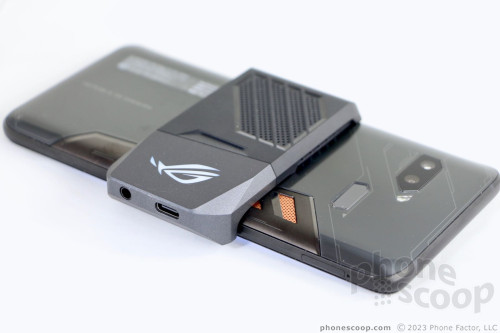
It can be loud. At the lowest setting, it's just barely audible. There are three more settings and the highest is quite noisy. There's a trade-off here. The higher the fan level, the cooler the phone. The cooler the phone, the faster it performs. The problem is that higher fan speeds generate noise that can be picked up by a microphone. This gets annoying if you're using a headset for multiplayer games.
What's particularly neat is that the fan includes the light-up Aura feature. Because it covers the Aura on the back of the phone itself, Asus made sure to retain the feature by giving the fan an Aura of its own.
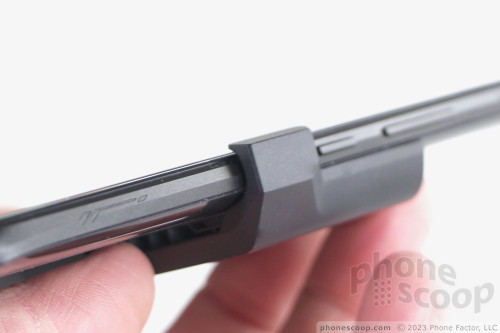
Game Center
This is the central piece of software from Asus. It's where you control and manage everything about the gaming performance of the phone. It's slick and sci-fi in appearance.
At the very top you'll see your remaining battery life. In the center is a large circle. The phone's temperature is in big digits so you know where it stands. Around the outside of the circle is more data, including the CPU temperature and current clock speed, the GPU temperature and clock speed, the amount of memory being used, etc. It's like the instrument cluster in a car, but for your phone.
Turn on "X Mode" if you want the phone's software to automatically balance out all the different parameters for performance. You can also program your own performance profiles.
The Aura control panel allows you to cycle between four basic looks: static, "breathing" (more like pulsing), "strobing" (faster pulsing), and color cycle. Color cycle is the default, and my favorite. When color cycle is turned on the Aura continuously runs through the entire color spectrum. You can even sync it to gameplay so it lights up in response to the on-screen action.
I never saw the system temperature dip below 75F. It will jump to the 80s pretty quickly when gaming, and the CPU/GPU combo will easily surpass 110F. Using the fan will keep things cooler, particularly during peak performance demands.
Air Triggers
Full-size controllers for a home gaming console have triggers all over the place. When holding the phone in landscape orientation, your forefingers typically fall on the two corners. Asus put sonic sensors in those areas so you can take advantage of trigger actions during game play.
Basically, just tap the phone as you would a trigger on any standard game controller. The invisible sonic sensor registers taps. You can control sensor sensitivity in order to find what works for you.
You can also squeeze the center of the phone as a shortcut to perform any number of actions. You can customize what happens with a short squeeze and a long squeeze, when the phone is both locked and unlocked, for a total of four different actions. You can control the sensitivity here, as well.
Air Triggers
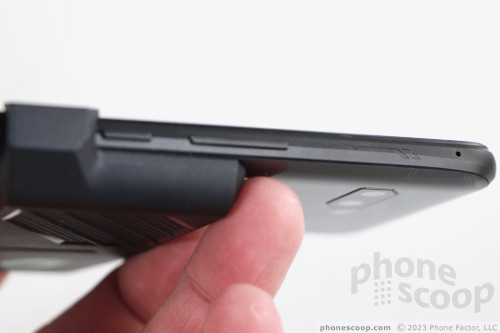
Wrap-Up
The Asus ROG Phone is a beast. It's way too much for most people. Who is this phone for? Gamers and only gamers. Why? Regular people simply don't need a phone this powerful for everyday activities. Does it score a body blow for gamers?
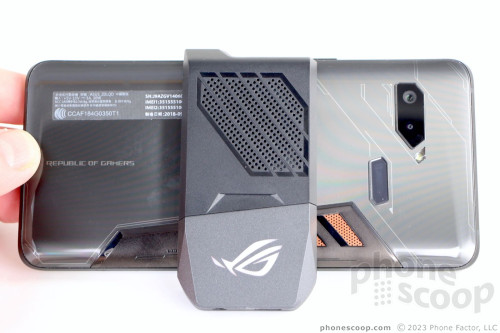
The hardware is great. It's more interesting to look at than just about every other black slab on the market right now. The ROG has an excellent screen, decent voice quality, and respectable data performance. Toss in the insanely awesome speakers and you have quite a media package.
The under-the-hood hardware is just as important. The overclocked processor, speedy GPU, and huge amount of RAM allow the ROG to blow past most other phones I've assessed. It's more than powerful enough to handle today's top games. I appreciate the extra lengths taken by Asus to give the ROG Phone an ecosystem of accessories — which drastically outpaces the Razer gaming phone.
The battery is excellent for daily use, but manages to drain in mere hours when gaming. Asus clearly thought ahead with the duplicated charging ports and fast charging.
The sci-fi Asus skin is a bit cartoonish, but nothing really gets in the way of general usability. The camera app is as good as any other on an Android phone, but the results don't match the best from Apple, Samsung, or Google.
It's costly. The base model with 128 GB of storage costs $899. Because the phone is sold directly by Asus and Amazon, that means no monthly financing. You'll have to cover the whole cost up front. Want the accessories? Expect to pay hundreds more for them.
I like the ROG Phone a lot, but I can only recommend it to people who value gaming performance above everything else.
Comments
No messages


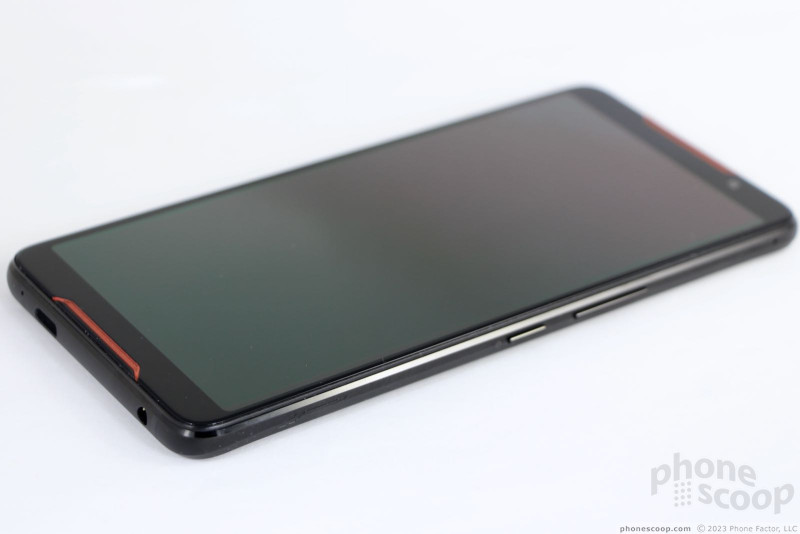


























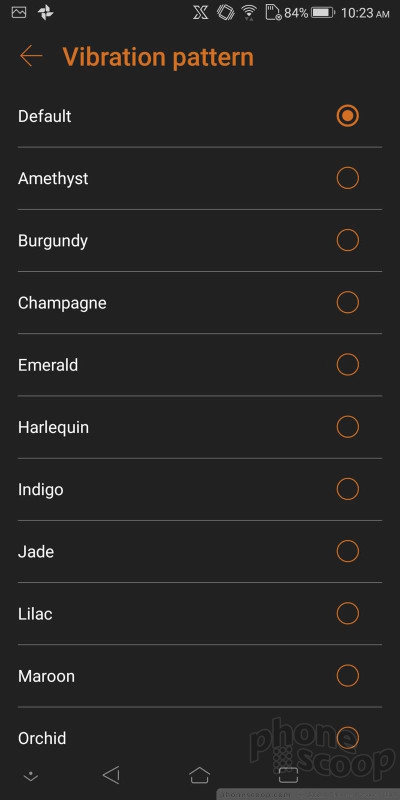







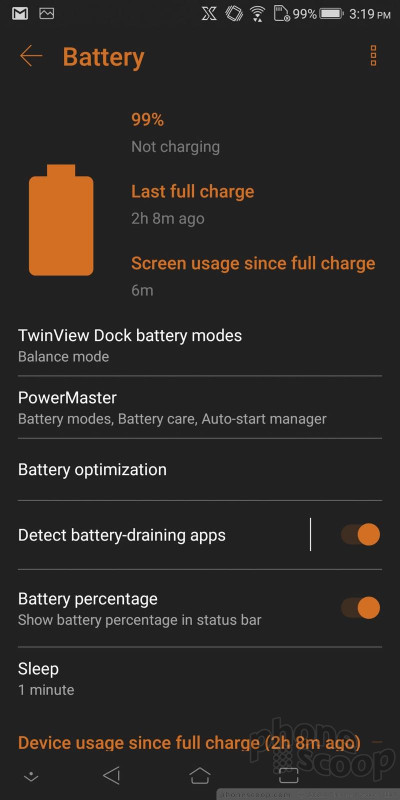






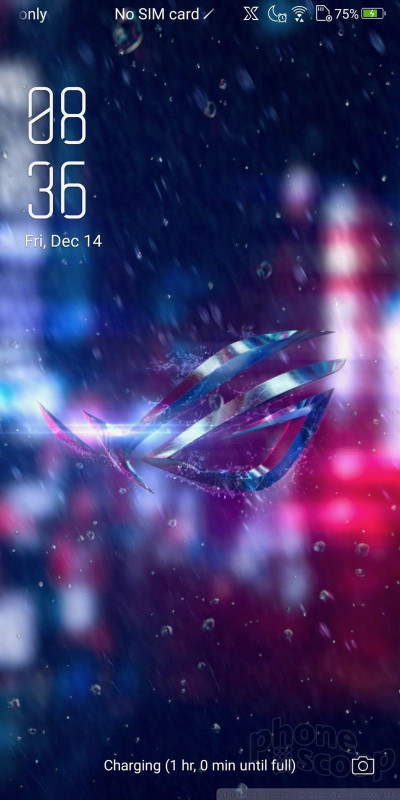





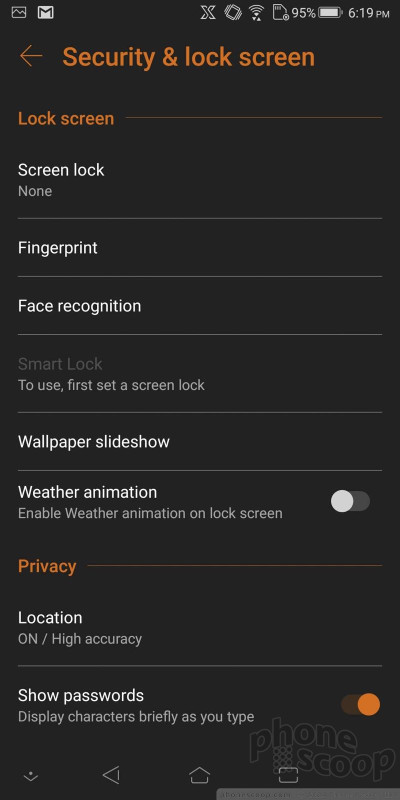







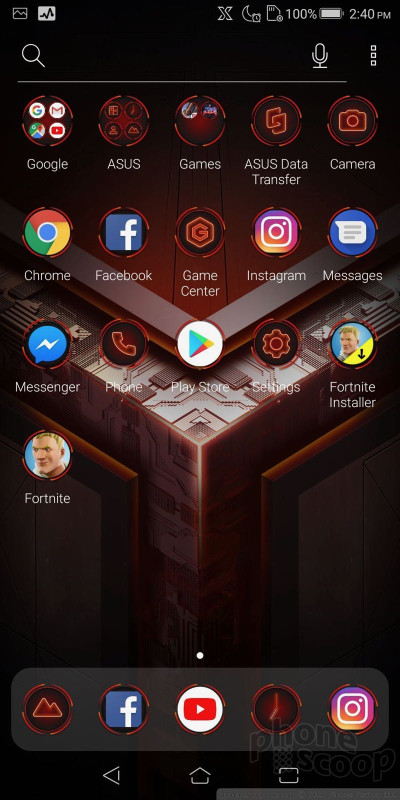










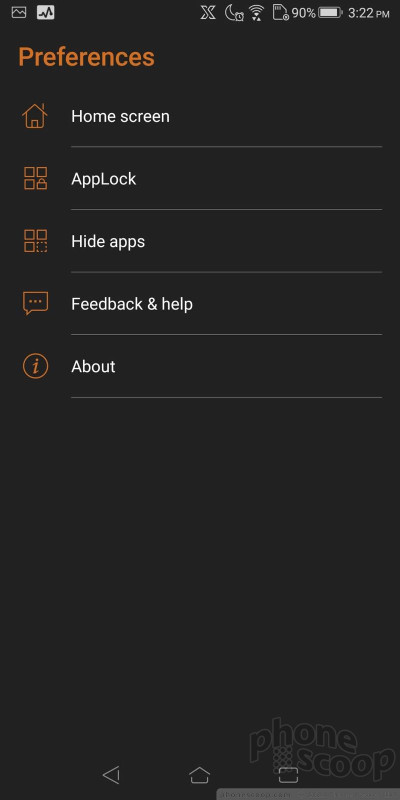







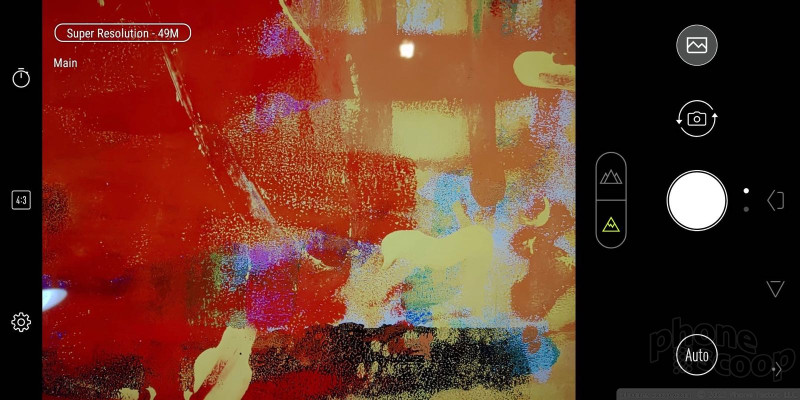





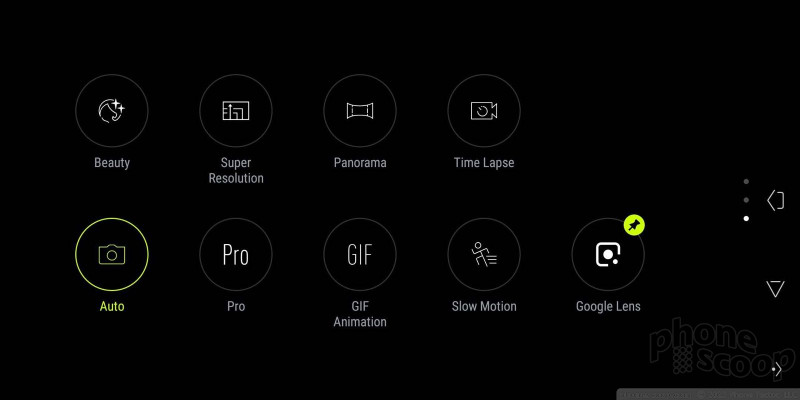
































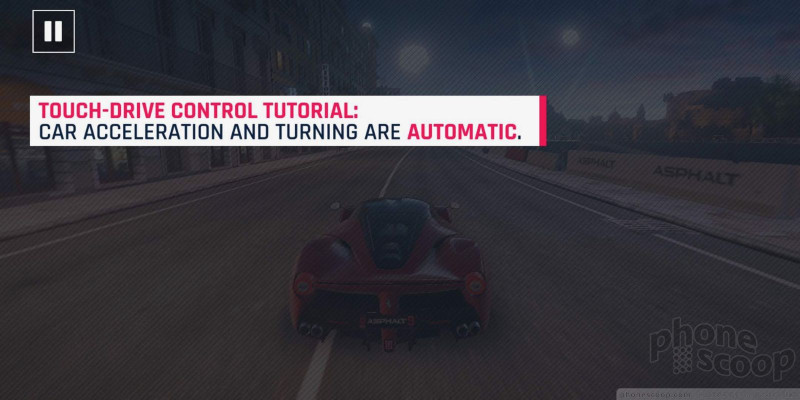








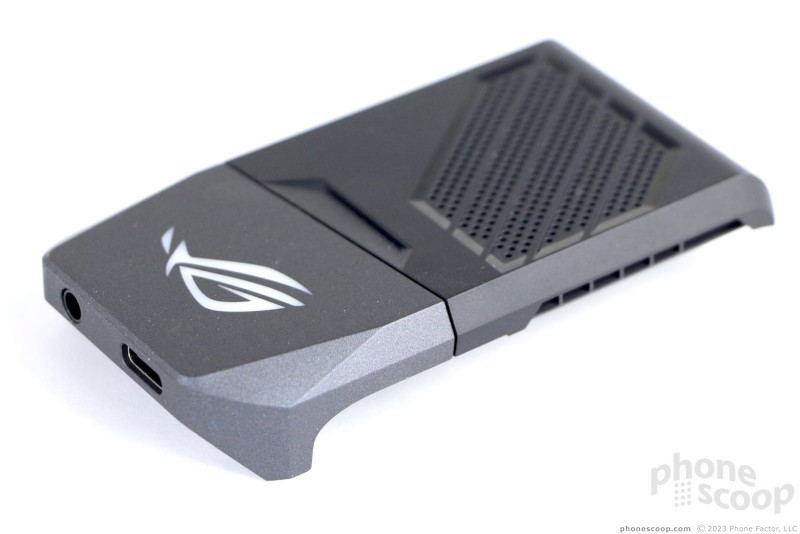





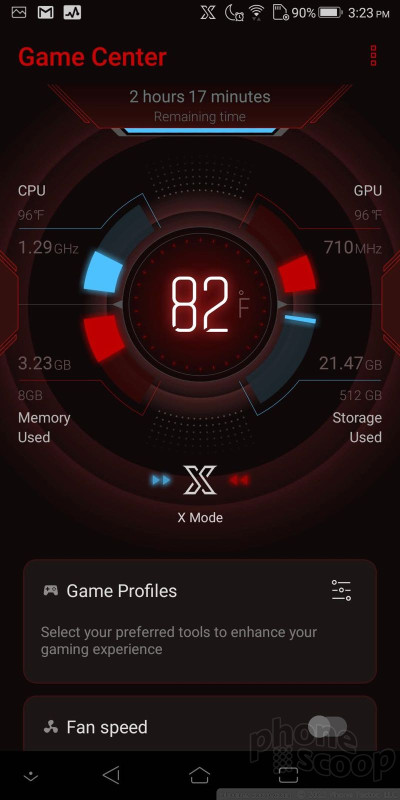








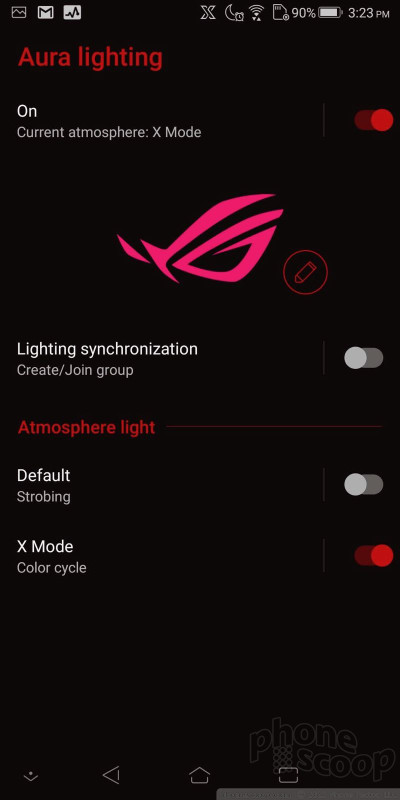




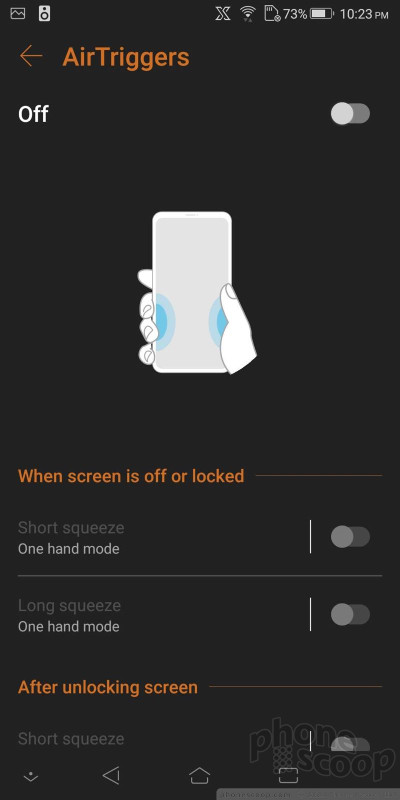




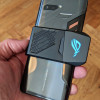 Hands On with the Asus ROG Phone
Hands On with the Asus ROG Phone
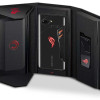 Asus' ROG Phone Now Available for Preorder
Asus' ROG Phone Now Available for Preorder
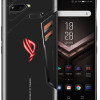 Asus Confirms Plans to Sell ROG Phone In the US for $899
Asus Confirms Plans to Sell ROG Phone In the US for $899
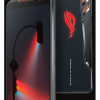 Asus Implies It Might Sell the ROG Phone in the US
Asus Implies It Might Sell the ROG Phone in the US
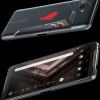 Asus' ROG Smartphone Has Specially Tuned Snapdragon 845 for Blistering Game Performance
Asus' ROG Smartphone Has Specially Tuned Snapdragon 845 for Blistering Game Performance
 Asus ROG Phone
Asus ROG Phone


